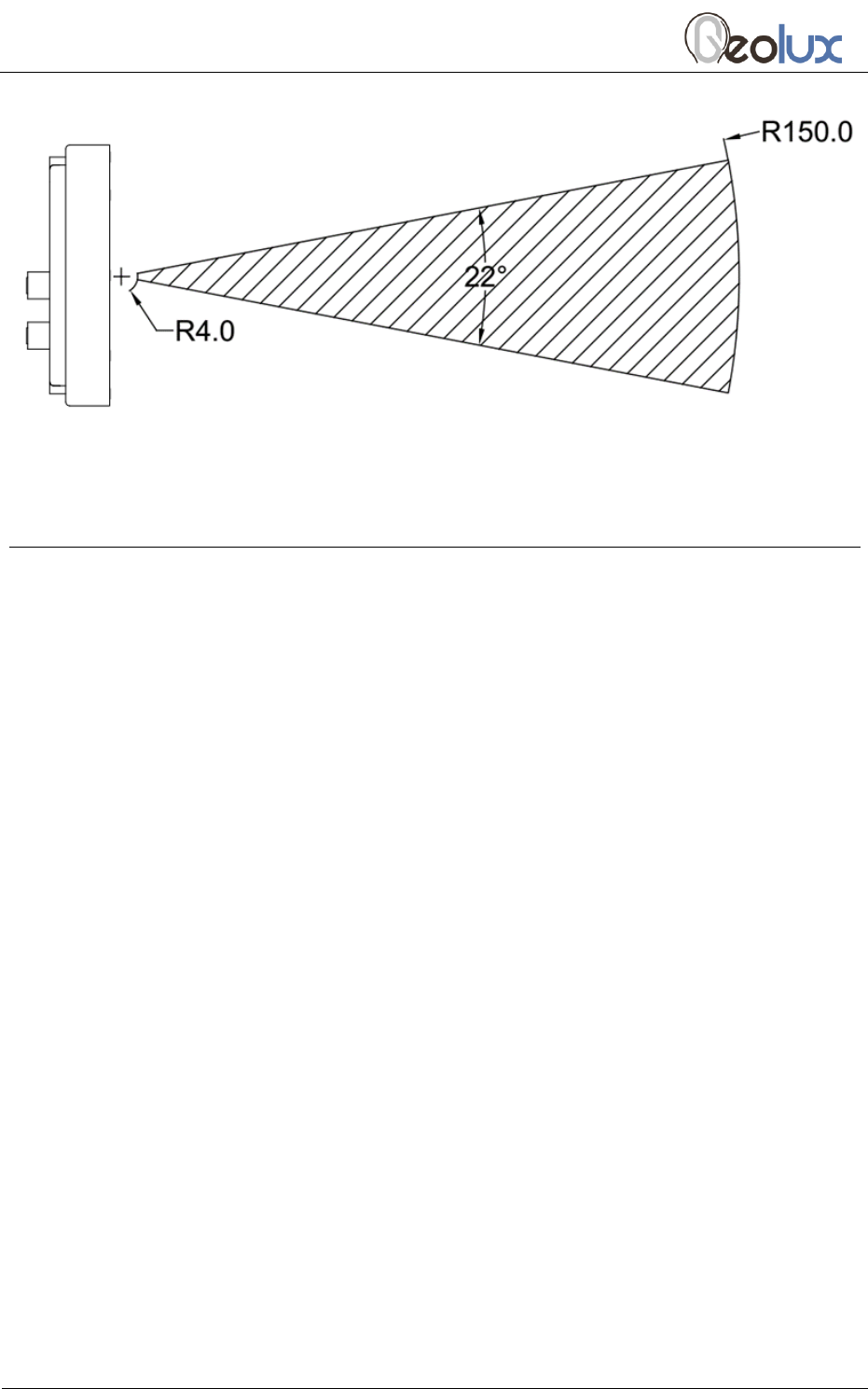User's Manual

GLX-RSS-4 User Manual
Page 11 of 16
Picture 5. Radar coverage area - vertical plane
Minimal detectable target
RSS-4 radar sensor detects moving and stationary targets in the radar field of
view by transmitting modulated electromagnetic wave in 24 GHz frequency range (K-
band), and measuring the frequency shift of the reflected electromagnetic wave.
Reflection of the electromagnetic wave from the target is making it detectable and
stronger the reflection is, better are the chances to detect target and target will be
detectable in the greater distance from the radar sensor. Radar cross-section (RCS) is a
measure of how detectable an object is with a radar. Several different factors determine
how much electromagnetic energy returns to the source such as:
• material of which the target is made
• absolute size of the target
• relative size of the target (in relation to the wavelength of the illuminating radar)
• the incident angle (angle at which the radar beam hits a portion of target which
depends upon shape of target and its orientation to the radar source)
• reflected angle (angle at which the reflected beam leaves the part of the target
hit, it depends upon incident angle)
• the polarization of transmitted and the received radiation in respect to the
orientation of the target
In respect to above factors that are defining target radar cross-section and target
detect ability by the radars, some typical values of the measurement radar cross-section
for typical targets are:
• Insect: 0,00001 m
2
(-50dBsm)
• Small bird: 0,008 m
2
(-20,97dBsm)
• Large bird: 0,01 m
2
(-20dBsm)
• Crawling human: 0,25 m
2
(-6 dBsm)










